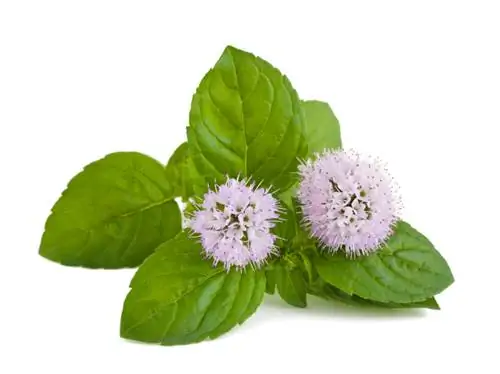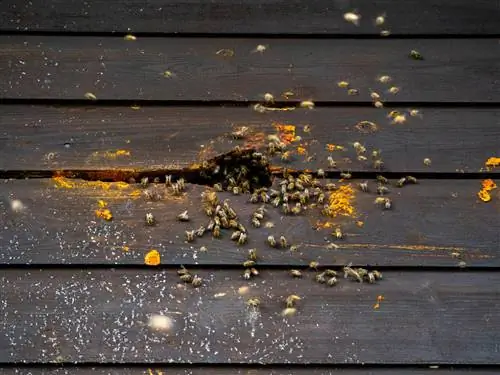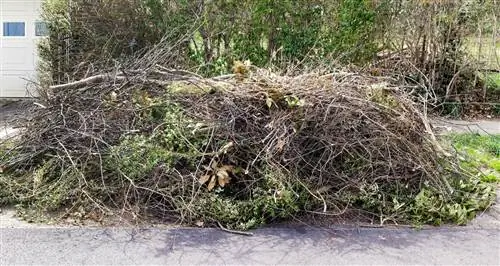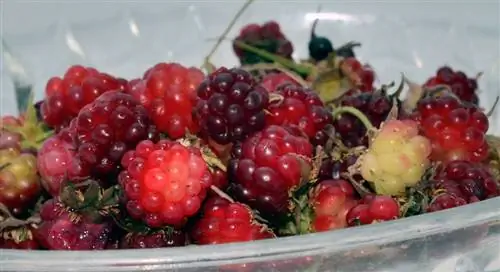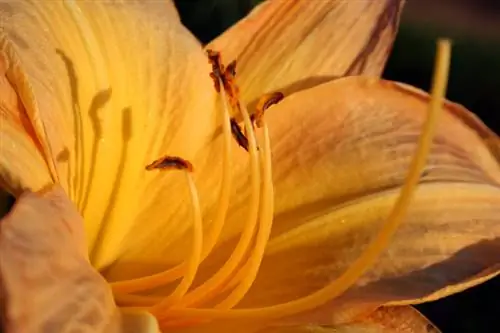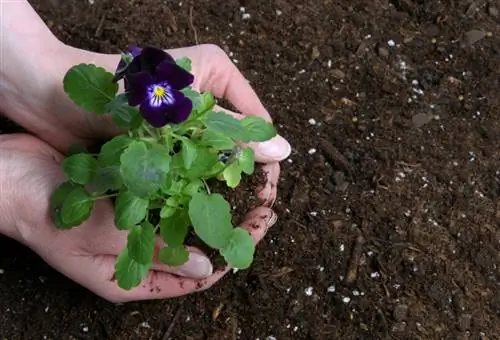- Author admin [email protected].
- Public 2023-12-16 16:46.
- Last modified 2025-01-23 11:20.
The beginning of the flowering period marks an important point for the harvest of mint species. Shortly before, the content of valuable ingredients is at its zenith. Find out when mint blooms and other useful details here.
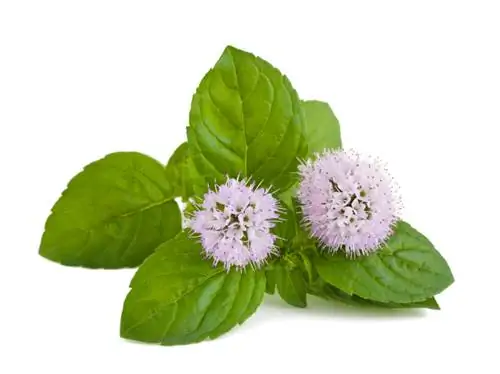
When is the mint flowering time and what happens when it does?
The flowering period of mint extends from June to September and depends on the age of the plant. During the flowering period, mint invests its energy in the growth of flowers, fruits and seeds, temporarily losing the flavor of the leaves.
Flowering time from June to September
Mint impresses with many tiny bell flowers in delicate pink, elegant violet or bright white. They are usually arranged in small false spikes or spherical flower heads. The exact start of the flowering period depends on the age of the plant, so June to September can be seen as a cross-species time frame. These factors influence when mint blooms:
- Young plant grown indoors by sowing blooms from the end of June/beginning of July
- Mint planted as a cutting in the bed does not bloom until mid/late July at the earliest
- Flowering time for firmly rooted, perennial mint begins in early June
The greater effort involved in growing mint behind glass produces young plants that start the season with a significant growth lead. Therefore, their flowering period begins shortly after the well-established specimens.
Why is the flavor lost when mint blooms?
Every mint's most important goal is to reproduce as widely as possible. Its flowers attract busy pollinators so that they can fertilize the flowers. Therefore, when the flowering period begins, it invests all of its energy in the growth of flowers, fruits and seeds. The wonderful taste of the leaves falls by the wayside.
Tips & Tricks
Don't be surprised if your mint blooms beautifully without producing any fruit or seeds. Male-sterile flowers occur on more than 40 percent of all species. This circumstance means that no pollen is produced. Where there is no pollen, there are no seeds. In this case, the cutting method is suitable for propagation.

